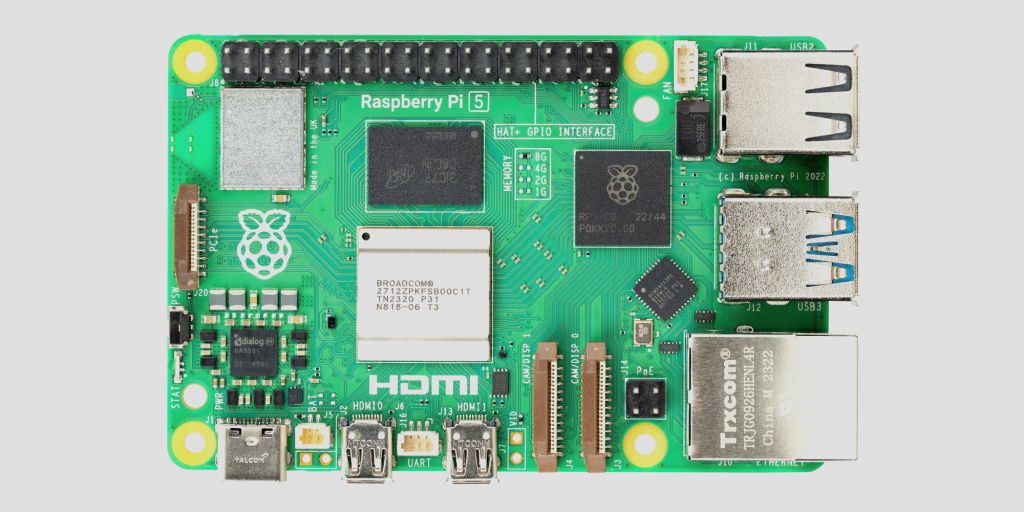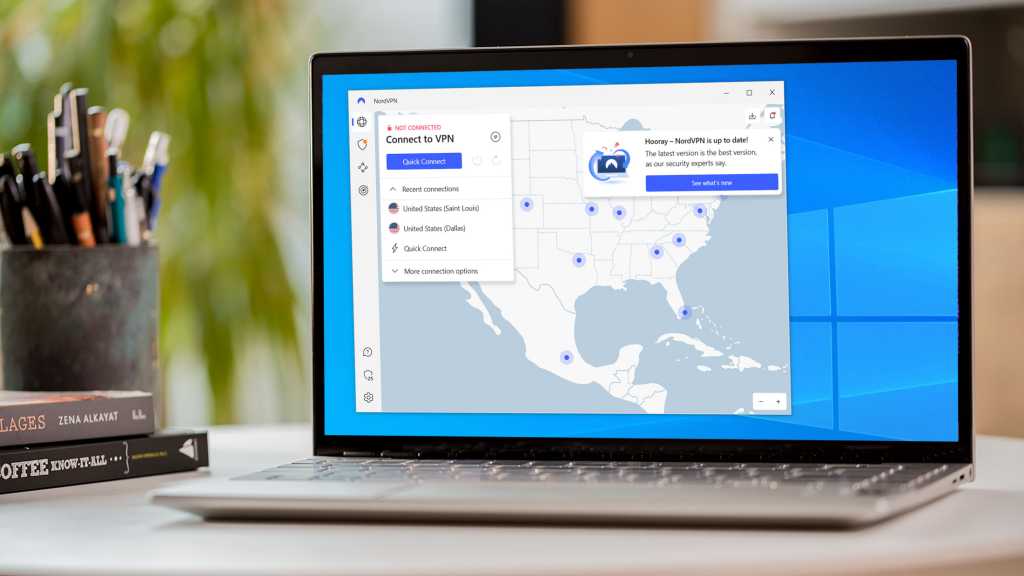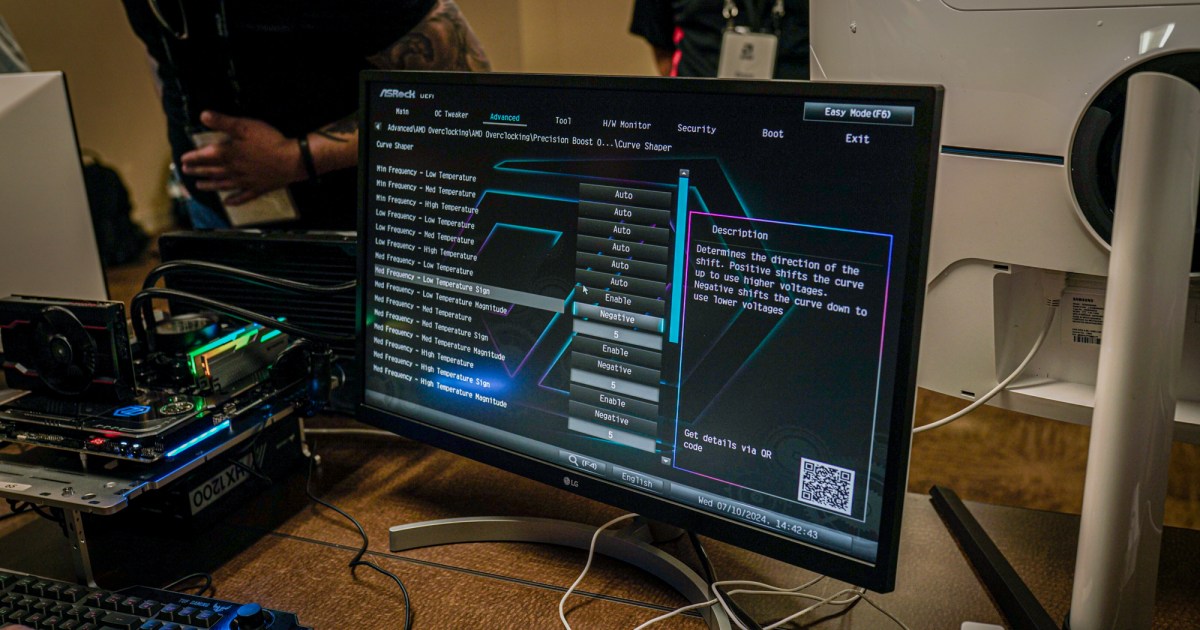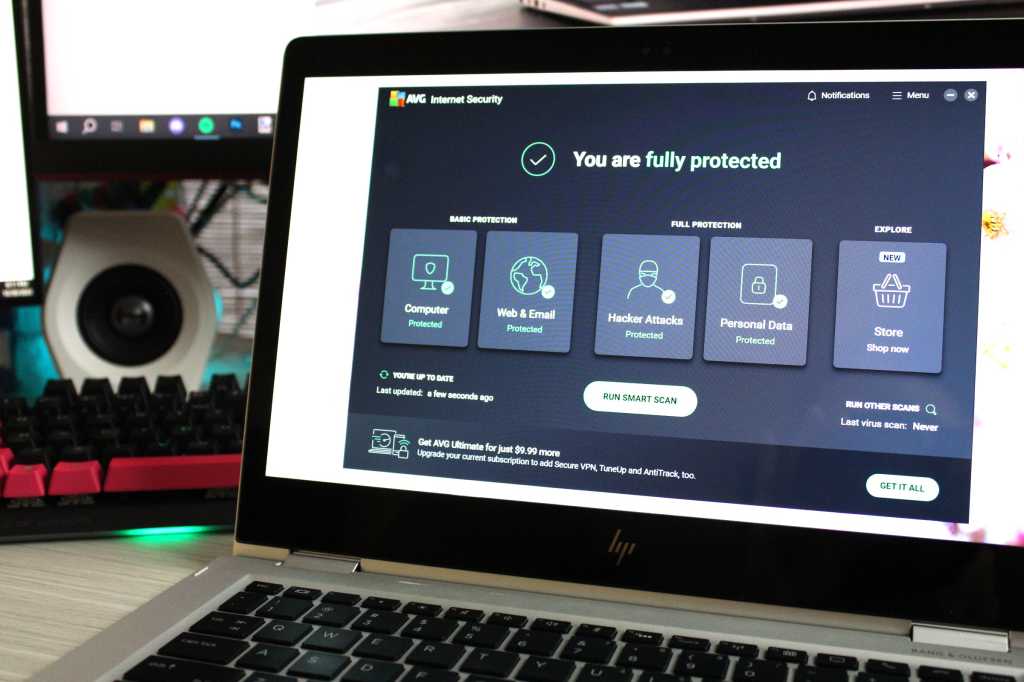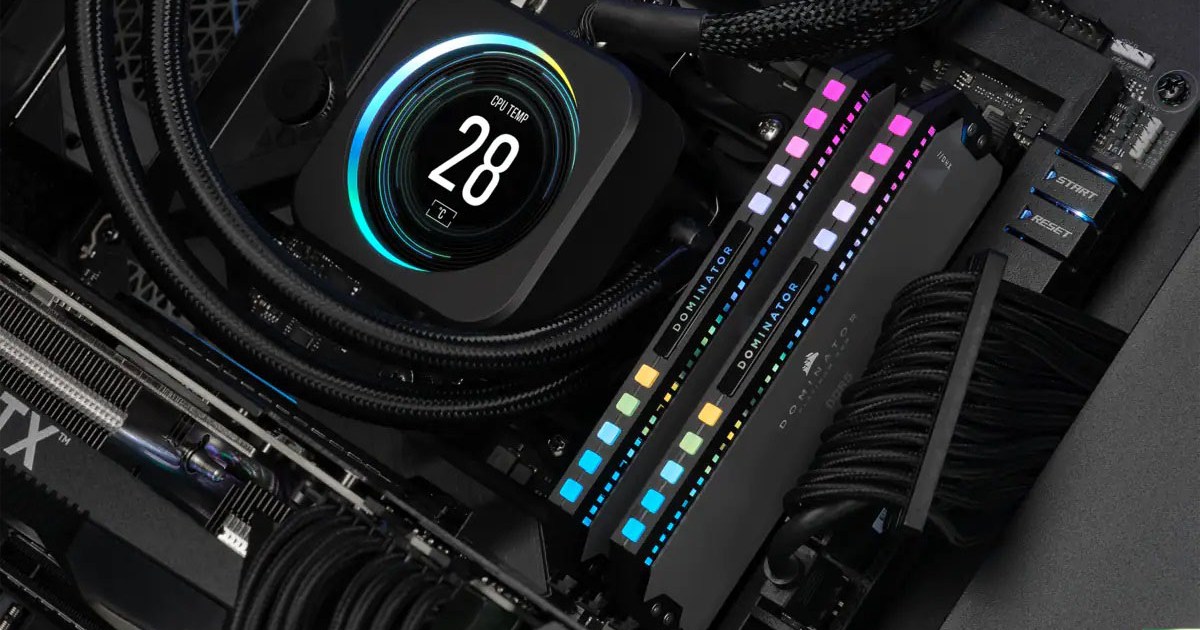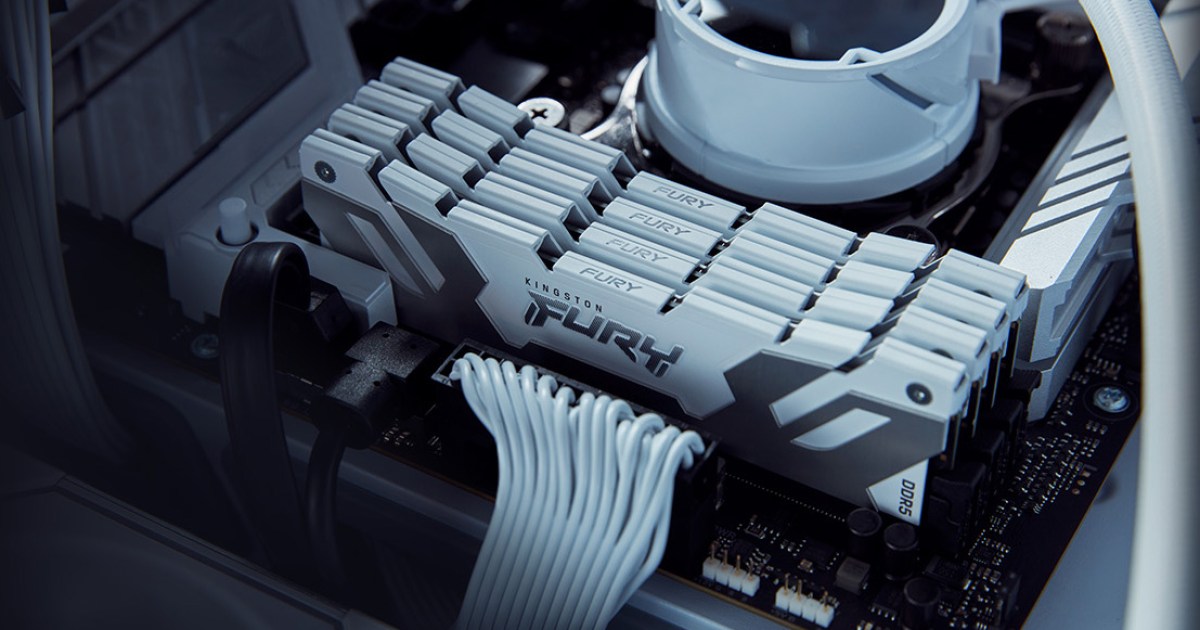The Raspberry Pi, with over 45 million units sold, is the undisputed king of single-board computers (SBCs). Not only is it the best-selling British computer in history, but it has also garnered numerous awards. This tiny powerhouse from the Raspberry Pi Foundation has captured the imagination of millions, but are you getting the most out of it? This guide reveals six essential tips and tricks to optimize your Raspberry Pi 5 experience.
Boost Performance with Overclocking
Overclocking your Raspberry Pi 5’s CPU can significantly enhance its performance. By increasing the clock frequency, you can improve system responsiveness and application execution speed. However, proceed with caution. Pushing the CPU too hard can lead to overheating, instability, and even crashes. Careful temperature monitoring and additional cooling solutions are highly recommended. A sustained clock speed exceeding 3GHz is generally not advisable.
The Raspberry Pi 5’s Broadcom BCM2712 SoC, featuring four ARM Cortex A76 cores clocked at 2.4GHz, can be overclocked by modifying the /boot/firmware/config.txt file.
 Raspberry Pi 5 Overclocking
Raspberry Pi 5 Overclocking
The example above demonstrates overclocking the CPU from 2.4GHz to 3.0GHz and the GPU from 800MHz to 1.0GHz. The over_voltage_delta parameter allows voltage adjustments to accommodate the increased clock speed.
Caution: Incorrect voltage settings can destabilize your system or cause irreversible hardware damage. Overclocking and undervolting alter heat generation and power consumption. Proceed incrementally, especially when adjusting voltage, and understand that doing so is at your own risk.
Automate Tasks with Cron Jobs
Cron jobs are an excellent way to automate repetitive tasks on your Raspberry Pi 5. Scheduling cron jobs automates routine operations like maintenance, backups, system updates, and data cleanup, saving you valuable time and ensuring smooth operation.
For daily scripts, place them in /etc/cron.daily; for weekly scripts, use /etc/cron.weekly; and for monthly scripts, use /etc/cron.monthly. Remember to grant execute permissions to your scripts using chmod 700 script.sh. Using a sufficiently large memory card is also recommended to ensure adequate resources for applications and tools.
Enhance Security with a VPN Server
Transform your Raspberry Pi 5 into your own personal VPN server to enhance online security and privacy. Using VPN protocols like OpenVPN allows secure internet browsing, especially on public Wi-Fi networks. A self-hosted VPN server adds an extra layer of security, encrypting your online activities and ensuring anonymity. Setting up a VPN server is surprisingly straightforward, even for beginners.
Raspbian or Raspberry Pi OS, the preferred Linux distributions for the Raspberry Pi 5, provide the necessary software packages for setting up an OpenVPN server. Installation is easily accomplished through the command-line interface. Detailed instructions are available on the OpenVPN project website.
Create a Media Center with Kodi
Kodi transforms your Raspberry Pi 5 into a comprehensive media center. This versatile multimedia software allows you to stream movies, music, photos, and even live TV. Kodi’s user-friendly interface provides a rich multimedia experience, making your Raspberry Pi 5 a versatile entertainment hub for the entire family. Kodi is readily available for download and installation directly from the Raspberry Pi OS software repositories.
Control Your Smart Home
Your Raspberry Pi 5 can serve as the central control hub for your smart home. Platforms like Home Assistant and openHAB enable centralized management of smart home devices and the creation of custom automations. By connecting your devices and establishing intelligent routines, you can enhance comfort and optimize energy consumption. Both open-source projects offer user-friendly installation guides, accessible even to beginners.
Build a Low-Cost Cloud Server
With a Raspberry Pi 5, an external hard drive or SSD, and the free open-source NextCloud software, you can create your own personal cloud server. Install NextCloud on your Raspberry Pi’s microSD card using the NextCloud Pi image. This setup provides a centralized storage solution accessible via the internet, allowing you to access your files and server services remotely from anywhere.
In conclusion, the Raspberry Pi 5 offers immense potential beyond its compact size. By implementing these tips and tricks, you can unlock its full capabilities and transform it into a versatile tool for productivity, entertainment, and security.



